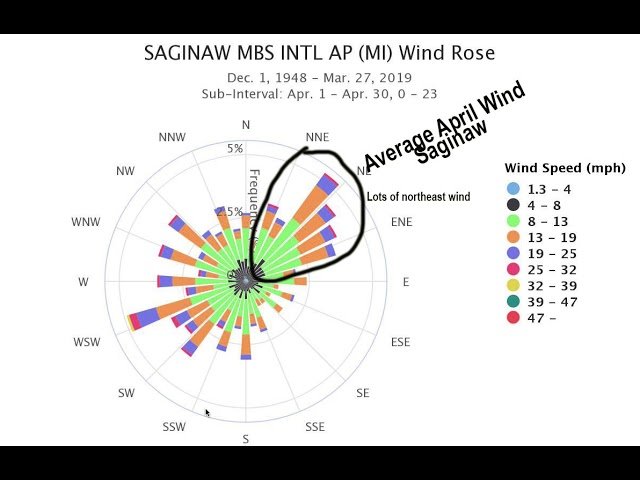To read a wind rose, first understand it as a graphic tool displaying wind directions and frequencies. The key lies in interpreting the concentric circles and directional markings. Begin by identifying the cardinal directions and the prevalent wind patterns as indicated. Through this guide, learn how to read a wind rose effortlessly and gain insights into wind behavior and climatic conditions. Let’s delve into the art of deciphering nature’s wind compass.
Understanding the Basics of a Wind Rose
Welcome to our guide on how to read a wind rose! A wind rose is a visual tool that represents the frequency and strength of wind direction at a specific location over a period of time. In this article, we will break down the key components of a wind rose and help you decipher its meaning.
Deciphering the Directions
Firstly, let’s talk about the directions on a wind rose. A typical wind rose is divided into 8 or 16 directional sectors, each representing a different compass direction. The most common directions are North, Northeast, East, Southeast, South, Southwest, West, and Northwest. Understanding these directions is crucial to interpreting the wind rose correctly.
Reading the Sector Sizes
Next, pay attention to the size of each sector on the wind rose. The size of a sector indicates the frequency of wind coming from that particular direction. Larger sectors mean that winds from that direction are more common, while smaller sectors indicate less frequent winds from that direction.
Interpreting Wind Speed
Aside from direction, wind roses also display information about wind speed. Typically, wind roses use color or different shades to represent wind speed. Darker shades may indicate stronger winds, while lighter shades suggest lighter breezes. Understanding these color codes will help you grasp the intensity of winds in different directions.
Understanding Rose Patterns
When looking at a wind rose, patterns can emerge based on the distribution of sectors and colors. For example, a wind rose with most of its sectors in the Northern direction and darker shades in the East might indicate predominantly strong winds coming from the Northeast direction. Recognizing these patterns can provide valuable insights into the prevailing wind conditions at a specific location.
Utilizing Wind Rose Data
Now that you have a better understanding of how to read a wind rose, let’s discuss how you can use this information. Wind roses are commonly used in various fields, including meteorology, aviation, and renewable energy. By analyzing wind roses, professionals can make informed decisions about building placements, flight routes, and wind energy potential.
Practical Applications
For example, urban planners may use wind roses to determine the best locations for parks or outdoor spaces based on wind patterns. Pilots rely on wind roses to plan efficient flight paths and navigate safely through different wind conditions. Similarly, renewable energy companies use wind roses to identify ideal locations for wind farms to maximize energy production.
Overall, learning how to read a wind rose can provide valuable insights into the wind patterns of a specific location and help individuals and professionals make informed decisions based on this data. Whether you are a weather enthusiast or someone working in a related field, mastering the art of interpreting wind roses can open up a world of possibilities.
How to read a wind rose chart
Frequently Asked Questions
How can I read a wind rose effectively?
To read a wind rose effectively, start by identifying the cardinal directions on the compass rose. Then, observe the direction from which the wind is blowing on the wind rose. The concentric circles on the wind rose represent the frequency or intensity of winds coming from that direction. The longer the line or the darker the shading, the more frequent or stronger the winds are from that specific direction.
What do the colors on a wind rose signify?
The colors on a wind rose typically represent different wind speed ranges. For instance, lighter colors may indicate lower wind speeds, while darker colors suggest higher wind speeds. This color coding helps in quickly understanding the wind speed distribution across various directions indicated on the wind rose.
How do I interpret the concentric circles on a wind rose?
The concentric circles on a wind rose represent the percentage of time or frequency of winds coming from a particular direction. The outer circle usually represents 100% of the time or the highest frequency, while the inner circles indicate lower percentages. By analyzing the length or shading of the lines within each circle, you can gauge the prevalence of winds from different directions.
Final Thoughts
Understanding a wind rose is key to interpreting wind patterns. Start by identifying the cardinal directions on the outer ring. Next, observe the varying lengths and colors of the spikes to interpret wind speed and frequency. Analyzing a wind rose provides valuable insights for activities such as sailing, urban planning, and climate studies. Remember, mastering how to read a wind rose can unlock a wealth of information about wind behavior.




